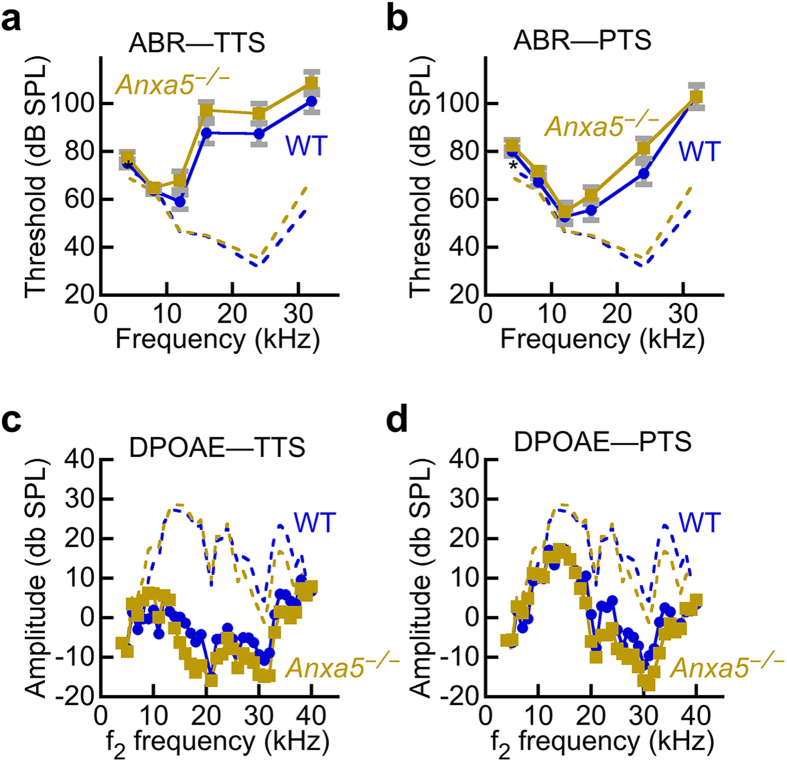Figure 7. ANXA5 does not protect against noise damage.
Mice were tested for baseline auditory function (dashed lines, derived from the data of Fig. 6), then were subjected to noise damage that elicited a robust temporary threshold shift (TTS); the noise damage was sufficiently large that auditory function did not return to baseline, thus producing a permanent threshold shift (PTS). (a) Auditory brainstem response during temporary threshold phase. (b) ABR during permanent threshold phase. (c) Distortion-product otoacoustic emission amplitudes during TTS phase. (d) DPOAE during PTS phase. There was no difference between wild-type and Anxa5−/− mice in any of the four conditions. The animals were the same individuals at the same ages as in Fig. 6.

